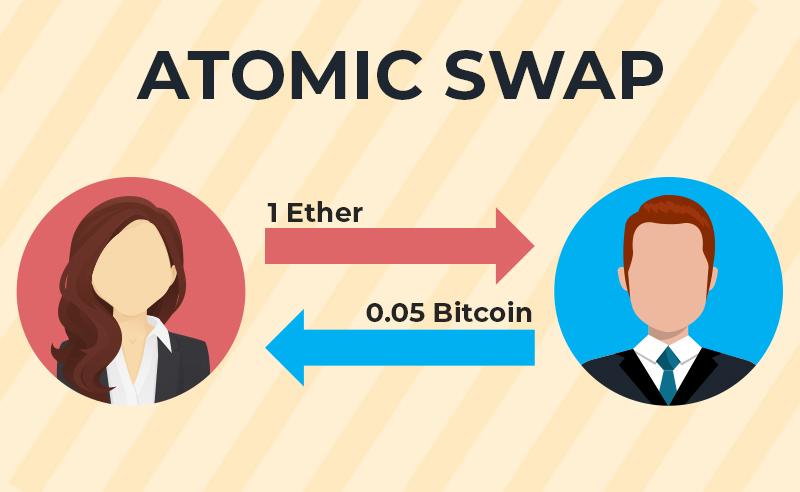Mar 27, 2020
Guide To Atomic Swap Of Cryptocurrency For Beginners In 2020
.
Disclaimer: The views and opinions expressed in this article are for informational purposes only and do not constitute financial, investment, or other advice. Investing in or trading crypto assets comes with a risk of financial loss.
Tarulika is an engineering graduate and an eloquent crypto blogger. Being a digital economy supporter, she keeps herself updated with the latest innovation in the crypto industry, Blockchain Technology, Internet of Things and other technologies. Currently, she curates the simple and interesting content for Crypto guides for beginners. If you want to learn more about the cryptocurrencies, latest trends of blockchain-powered AI applications, you are free to follow her on LinkedIn and Twitter.
